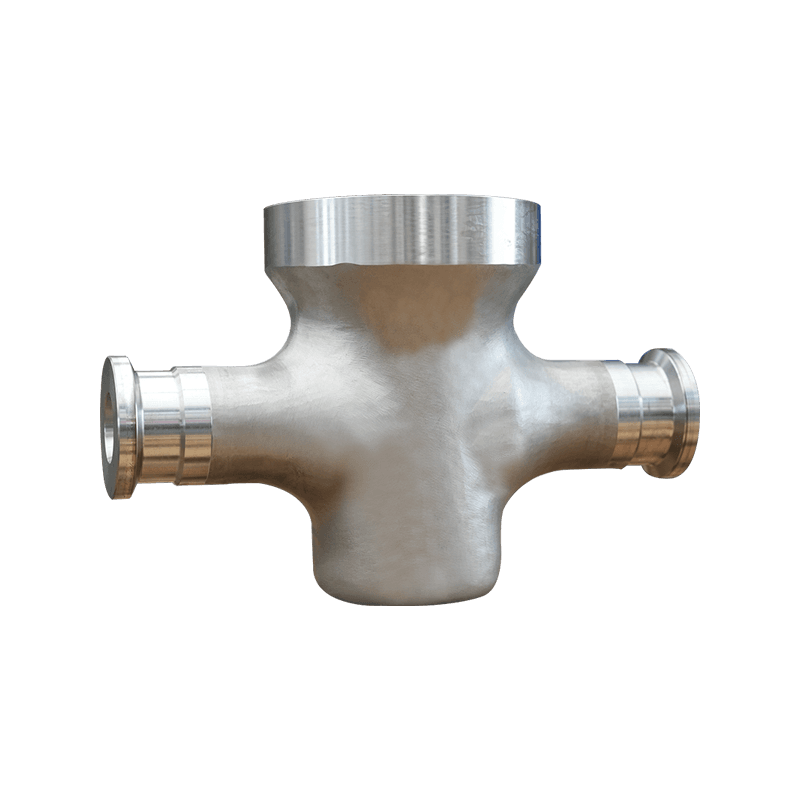Forged ball valves are crucial components in many industrial applications, providing reliable shutoff and control in high-pressure and high-temperature environments. Their forged body construction offers superior strength and durability compared to cast valves, making them a preferred choice for critical services. However, like any mechanical device, forged ball valves can encounter issues that require troubleshooting. Understanding these common problems and their solutions is essential for maintaining operational efficiency and safety.
Common Problems and Solutions
1. Stem Leakage
Stem leakage is one of the most frequent problems with ball valves. It typically occurs when the packing material around the stem wears out or becomes compressed.
-
Symptoms: Visible fluid or gas leaking from the bonnet area around the stem.
-
Causes: Worn-out packing, improper packing gland torque, or high-temperature cycling.
-
Solutions:
-
Tighten the packing gland: This is the simplest fix. Using a wrench, tighten the bolts on the packing gland in small, even increments. Be careful not to overtighten, as this can cause the valve to seize or damage the packing.
-
Replace the packing: If tightening doesn't stop the leak, the packing material is likely worn and needs to be replaced. Ensure you use the correct type of packing for your valve's service conditions.
-
Inspect the stem: A damaged or scratched stem can also cause leaks. If the stem is compromised, it may need to be replaced.
-
2. Valve Won't Operate
A valve that won't open or close properly can lead to significant process disruptions. This issue can range from minor mechanical problems to serious internal damage.
-
Symptoms: The handle or actuator won't turn, or the valve feels seized.
-
Causes:
-
Internal rust or debris: Corrosion or solid particles in the fluid can cause the ball to get stuck.
-
Actuator or gear box failure: The mechanism that turns the ball may be broken.
-
Over-pressurization: If the valve is not rated for the system's pressure, the ball can become wedged.
-
Thermal expansion: In high-temperature applications, components can expand and bind.
-
-
Solutions:
-
Check the actuator: Manually try to operate the valve. If it moves freely, the issue is with the actuator, not the valve itself.
-
Cycle the valve: Sometimes, repeated opening and closing can dislodge minor debris. Do this carefully and avoid applying excessive force.
-
Relieve pressure: If possible and safe, depressurize the line to see if the valve frees up.
-
Disassemble and clean: For significant issues, the valve may need to be taken out of service, disassembled, and cleaned. This should be performed by a qualified technician.
-

3. Seat Leakage (Valve Passes)
Seat leakage, also known as "passing," occurs when the valve fails to create a bubble-tight seal in the closed position. This is a critical issue as it can compromise safety and process control.
-
Symptoms: Fluid or gas continues to flow through the valve even when it is fully closed.
-
Causes:
-
Damaged seats or ball: Scratches, nicks, or erosion on the sealing surfaces are the most common cause.
-
Debris lodged in the seat: Solid particles can get stuck between the ball and the seat, preventing a full seal.
-
Improper installation: The valve may not be aligned correctly in the pipeline.
-
-
Solutions:
-
Cycle the valve: Repeatedly opening and closing the valve can sometimes flush out small debris.
-
Inspect and clean: If the problem persists, the valve must be removed and inspected. Forged ball valves are designed for durability, but their seats and ball can still be damaged by abrasive media.
-
Replace damaged components: If the seats or the ball are damaged, they must be replaced. Many valves have replaceable seats, making this a cost-effective repair.
-
Preventative Maintenance
The best way to handle forged ball valves is to prevent problems before they start. Implementing a regular maintenance schedule can significantly extend the life of your valves and ensure reliable operation.
-
Regular lubrication: For valves with grease fittings, follow the manufacturer's recommendations for lubrication to keep the internal components moving smoothly.
-
Scheduled cycling: In non-critical service, periodically cycle the valves to prevent debris buildup and ensure they remain operable.
-
Pressure and temperature monitoring: Ensure the operating conditions do not exceed the valve's ratings.
-
Professional inspection: Have a qualified technician inspect valves during scheduled plant shutdowns to identify potential issues before they become critical failures.
By understanding the common issues and performing regular maintenance, you can ensure your forged ball valves continue to provide safe and reliable service for years to come.

 English
English русский
русский
